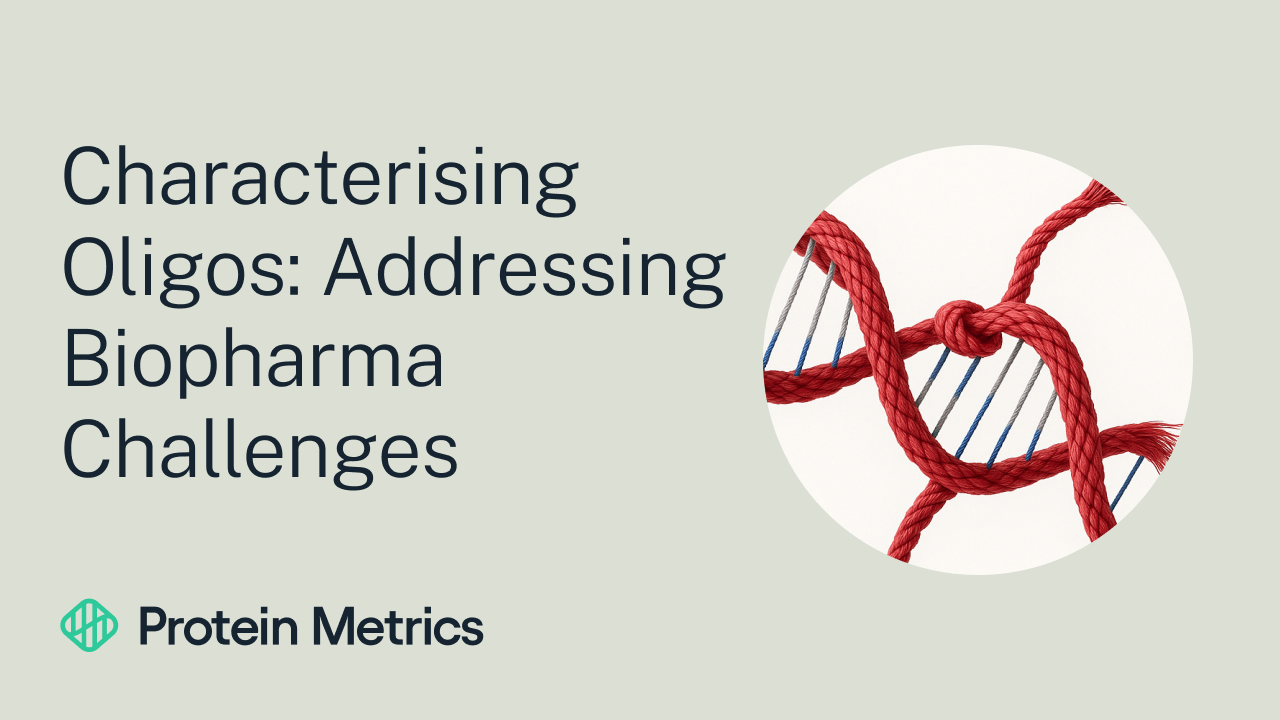Webinars and Events
Discover the latest upcoming webinars, events, conferences and on-demand recordings
Upcoming Events
Upcoming meetings, conferences and live webinars

WEBINARA Sweet Solution for MS Glycan Analysis
Streamline glycoprotein QC: discover automated MS glycan grouping for faster, clearer biotherapeutic insight in development today
July 09, 2025
Register 
WEBINARSystem Suitability for Data Confidence
A practical guide to ensuring your data is worth trusting - an essential but often overlooked topic in analytical science.
August 27, 2025
Register 
WEBINARSmarter Digestion, Deeper Insight: Improving LC-MS of Therapeutic mRNA
A new LC-MS workflow boosts sequence coverage and cap structure confirmation for therapeutic mRNAs using optimized digestion and data analysis.
September 03, 2025
Register 
WEBINARThe Glycan Code of Immunity and Cancer
Paucimannose isn’t just metabolic noise. Learn how glycan profiling in immune cells and cancer tissue reveals hidden layers of disease biology.
September 10, 2025
Register On-Demand Webinars
Watch on-demand recordings of previous webinars

WEBINARCharacterising Oligos: Addressing Biopharma Challenges
Oligo analysis got you in knots? Get clear, confident results. Master LC-MS characterisation, isomer resolution, and automated reporting.

WEBINARStreamlining CHO HCP Analysis with Byos Multi-Protein Quantitation
Discover how Byos enables sensitive, label-free HCP quantitation across CHO downstream steps—fast, scalable, and reproducible.

WEBINARComprehensive ADC Analysis via Automated MS Workflows!
Automated workflows for analyzing antibody-drug conjugates, from fractionation and digestion to high-sensitivity nanoflow LC-MS/MS.

WEBINARDigested mRNA Analysis of Sequence, 5’ Cap, and PolyA Tail
Comprehensive mRNA Characterization: Sequence, Cap Structures, and PolyA Tails in One Workflow

WEBINARAdvanced mAb Characterization with LCMS-9050 QTOF and Byos
Learn how LCMS QTOF and Byos streamline high-resolution monoclonal antibody characterization with advanced data analysis and automation.

WEBINARWCBP 2025
See the latest Technical Multi-Protein Quantitation Seminar and Posters
Past Events
Access resources and recording of previous meetings and conferences

EVENTPEGS Europe 2024
Download posters presented at PEGS Europe 2024 about multi-protein quantitation, oligos and protein characterization.

EVENTCASSS MASS SPEC 2024
Read posters about our new Multi-Protein Quantitation workflow and other cutting-edge mass spec advancements and biopharmaceutical innovations.

EVENTASMS 2024
Download posters presented at ASMS 2024 about oligonucleotides, antibody drug conjugates, disulfides, PMT quantitation, fusion proteins, and more.
